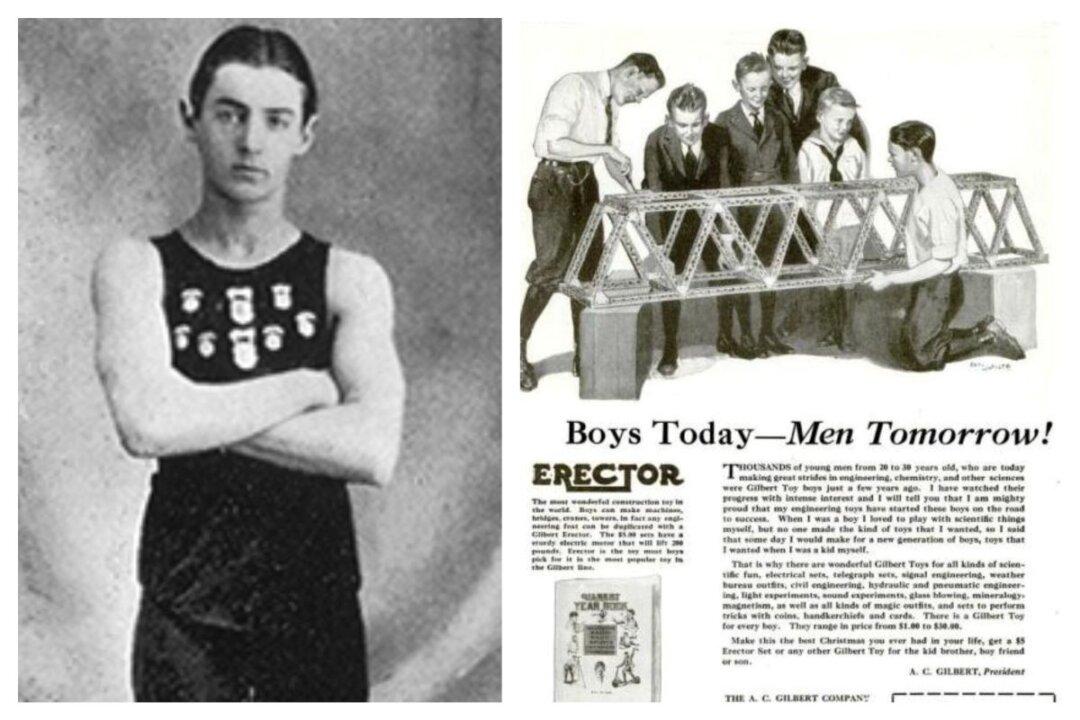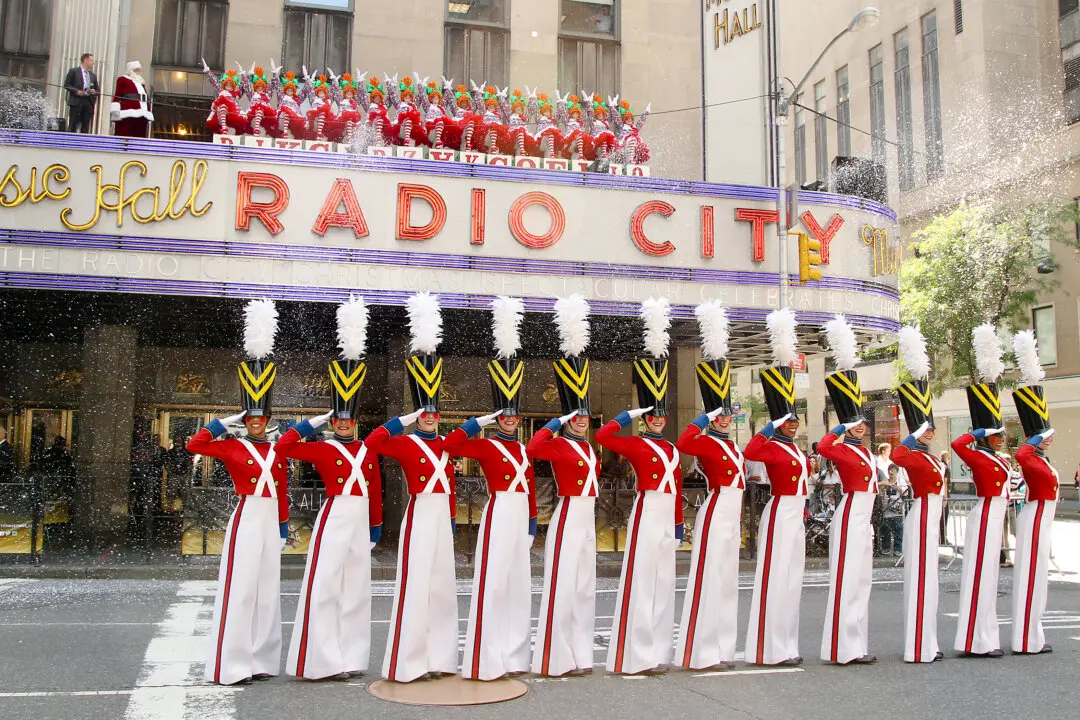James A. Folger (1835–1889) was the second youngest of nine children. Born on Nantucket to a well-to-do family whose roots went back to the earliest of colonists, he would soon get the chance to make it on his own as a businessman. When word spread across the continent that gold had been found in California in 1848, he and his two older brothers, Edward and Henry, decided to make the voyage that would be approximately the same distance their forebears had made to reach America from England, if they went strictly cross country.
In the fall of 1849, the three decided to take a safer, though longer route to the West coast. They hopped a ship―a form of transportation they were familiar with since their father owned two―and sailed down the Atlantic Ocean into the Gulf of Mexico toward the Isthmus of Panama. Arriving in the small Latin American country, the three rafted and then hiked their way into Panama City. Unfortunately, there was no ship arriving in the capital city that had a destination near San Francisco, so they were stuck there for some time.






